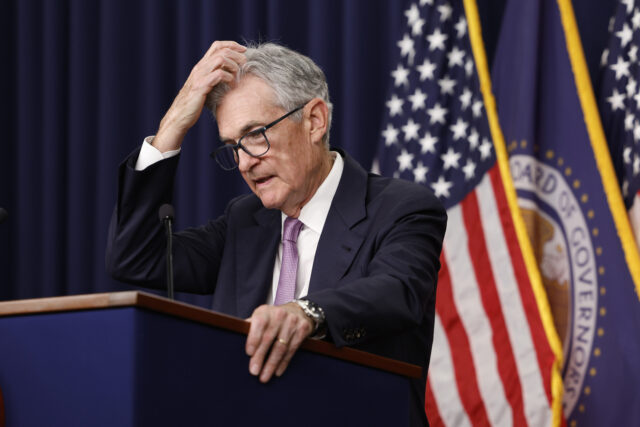A key measure of inflation appears to be stuck significantly higher than levels consistent with the Federal Reserve’s price stability goal.
The so-called core personal consumption expenditures (PCE) price index, which excludes food and energy prices, rose 0.1 percent from July, the Bureau of Economic Analysis said Friday. That was in-line with expectations and below the 0.2 percent increase in the prior month.
Compared with a year ago, core prices are up 2.7 percent, a bit higher than the 2.6 percent recorded last month. Before rounding, the change was even smaller: from 2.64941 percent to 2.67847 percent.
The Federal Reserve targets two percent inflation in the all-inclusive price index. This rose 0.1 percent for the month, a slowdown from the 0.2 percent recorded in July. For the year, the overall index is up 2.2 percent, slightly below the 2.3 percent forecast and a significant decline from the 2.5 percent recorded a month ago.
The PCE price index, which is compiled by the Commerce Department’s Bureau of Economic Analysis, has generally run below the better-known consumer price index (CPI), produced by the Labor Department’s Bureau of Labor Statistics, throughout the recent inflationary episode. It peaked at 7.2 percent in June of 2022, while the CPI reached nine percent that month.
The PCE inflation measure covers a broader range of expenditures, including those made on behalf of households (such as employer-provided healthcare), and reflects changes in consumption patterns—such as consumers switching between products when prices rise—more quickly.
By subscribing, you agree to our terms of use & privacy policy. You will receive email marketing messages from Breitbart News Network to the email you provide. You may unsubscribe at any time.
PCE inflation came down in the 12 months following its 2022 peak but then stalled above three percent, a full point higher than the two percent the Fed says it targets. Since May, however, the index has been declining continuously.
The core index, however, has taken a different path. After peaking at 5.6 percent in 2022, it followed a bumpy path downward for nearly two years. Since May, however, the index has barely moved, stirring worries that underlying inflationary pressures may no longer be declining.

COMMENTS
Please let us know if you're having issues with commenting.